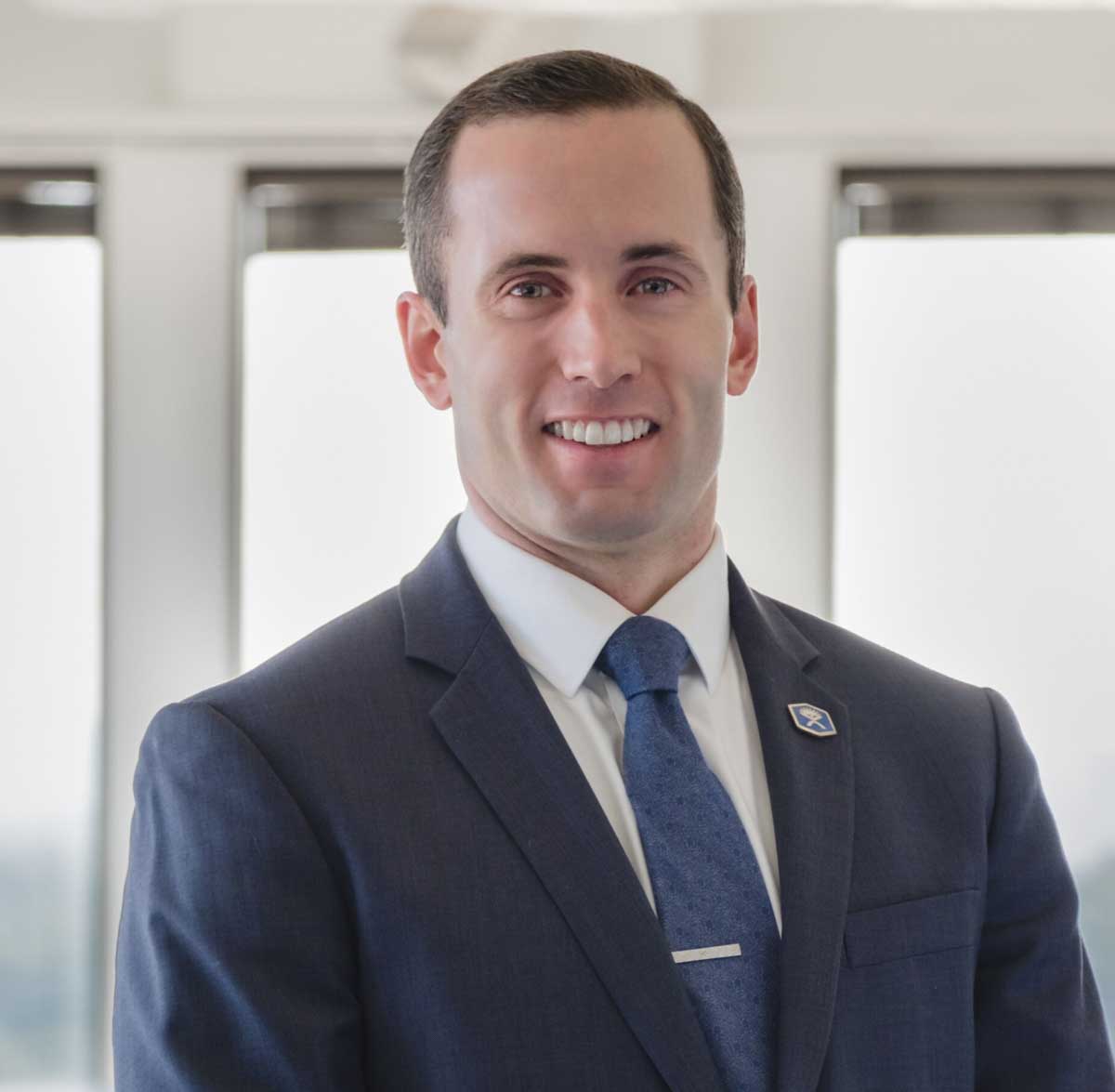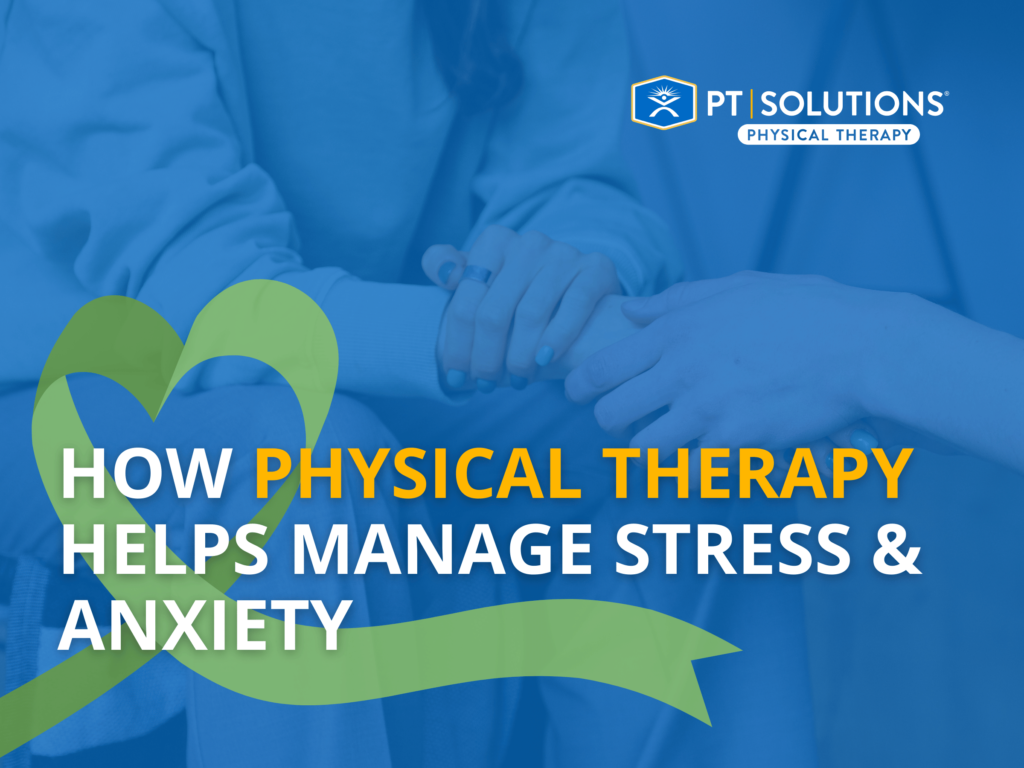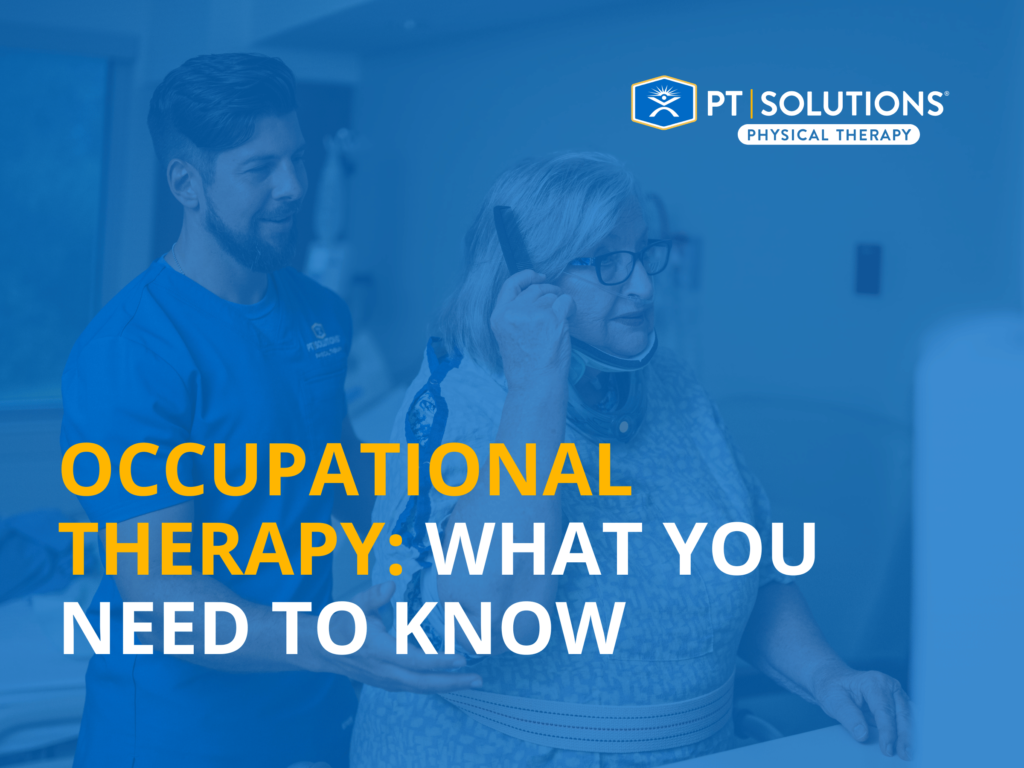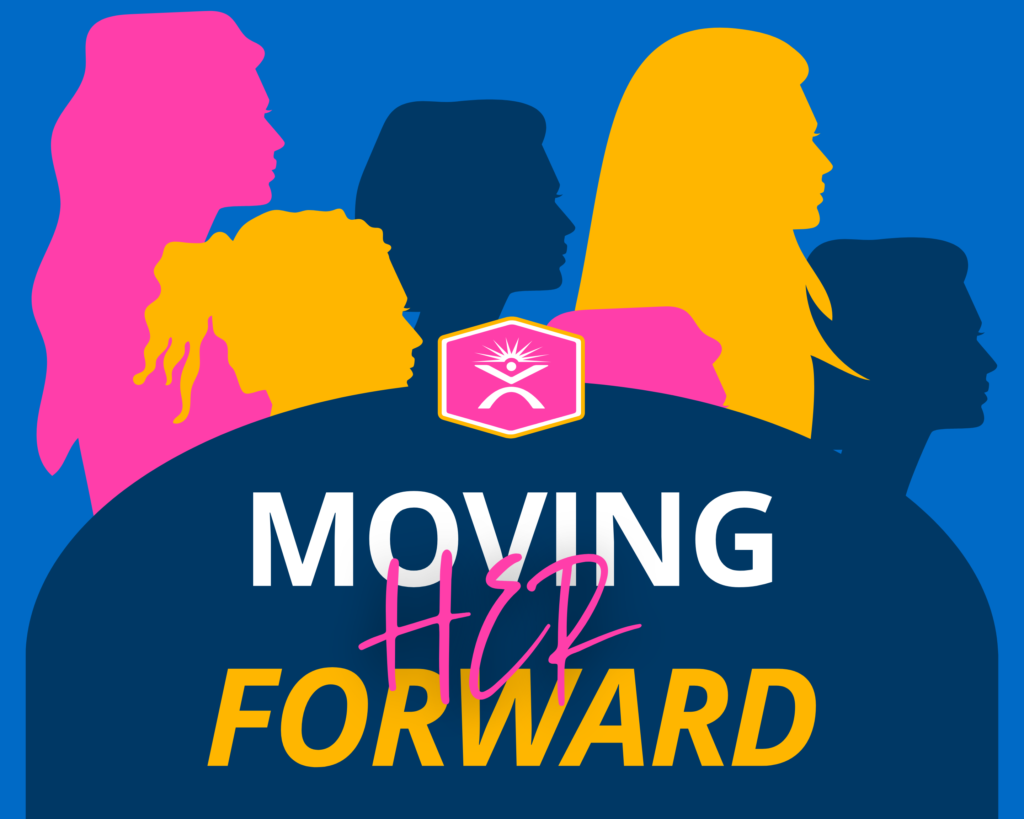PT Solutions
What is prehabilitation and why is it important?
September 11, 2020
Your surgery is scheduled, and you are eager to get it over with. You have been instructed on the post-operative process, including the need for rehabilitation. Your surgeon explains that following the surgery, you will need physical therapy to restore strength and mobility. This is absolutely true, but what if you can make that rehab process smoother and quicker? I’m not here to sell a magic copper filled garment or ab belts claiming to rapidly build muscle, I am talking about prehabilitation.
Prehabilitation is often as important as rehabilitation

Prehabilitation, or prehab for short, is participating in exercises to build muscle, endurance, strength, and power prior to surgery. You are building a foundation prior to the rigors of surgery. Loss of muscle, endurance, strength, and power are unavoidable following surgery. The severity depends on the surgery. The impact of a knee meniscectomy may be minimal as you are able to resume some level of activity almost immediately following surgery. You will decondition some, but the quick resumption of activity will minimize loss of muscle, known as atrophy. Knee replacements and ACL repairs, on the other hand, result in substantial changes.
Knee replacements
Knee replacements are highly traumatic surgeries. Here is a video that shows the procedure (warning: graphic). For those who have no desire to watch it, take my word for it. While the procedure beats your body up, the outcomes are good; but it takes a lot of work post-operatively to achieve those good outcomes.
The rehabilitation process following a total knee replacement is hard work. It involves substantial strength and endurance training to build your body up. The combination of the trauma from the surgery and the lack of activity immediately following cause substantial breakdown. Prehabilitation can lessen the amount of breakdown that occurs. Furthermore, your body will be stronger so there will be more strength, endurance, and muscle available when you start rehabilitation. Studies show that outcomes are better 3 and 6 months postoperatively for patients who participate in prehab vs. those who do not.
ACL repair
While ACL repairs are among the most common surgeries athletes undergo in the United States, chances are you have not seen someone immediately after completing an ACL surgery. It is more likely, however, that you have seen someone — or experienced it yourself — after a cast was removed to facilitate healing of a broken bone. The limb shrinks to the size of a 4-year old’s arm or leg. This amount of atrophy occurs after ACL surgery as well. The surgery and the immobilization afterward lead to substantial muscle loss. Prehab, once again, can help save the day.
One of the main reasons NFL Hall-of-Famer Jerry Rice and soon-to-be Hall-of-Famer Adrian Peterson returned rapidly following ACL repairs is the foundation they built prior to surgery. When you squat over 500 pounds and have legs the size of tree trunks, substantial muscle mass and strength remain even after surgery. I am not saying we all need to emulate two of the most athletic football players of all-time but am instead highlighting the importance of building a strong foundation. Even if surgery is only a week away, completing exercises can build neural networks and establish motor patterns that will help with rehabilitation after surgery.
Prehab may even prevent the need for surgery

In some cases, prehab may even prevent the need for surgery. Prehab can be beneficial for patients considering surgery for knee arthritis, meniscal or labral damage (knee, hip, or shoulder pain), low back or neck pain, or rotator cuff tears. While surgery is common for all of those conditions, the outcomes are mixed. If the pain is chronic in nature (more than 3 months duration), surgery outcomes are poor. A recent research study pulling results from 25 other trials concluded surgery was not more effective than sham procedures for chronic pain. They wrote, “given their high cost and safety concerns, more rigorous studies are required before invasive procedures are routinely used for patients with chronic pain.”
Before undergoing surgery, seek physical therapy. If the pain and impairments remain, and you still want surgery, you will be better prepared for rehab afterward. If the pain and impairments are resolved, then you just avoided an expensive and invasive procedure. You in either scenario.
You may need to ask for prehab or seek it yourself
Bear in mind, prehab is not always recommended. It is common for ACL repairs and total knee replacements, but not for many other procedures. A recent study assessed whether exercise and physical therapy were commonly prescribed prior to lumbar spine surgery. The researchers compared the use of opioids, exercise therapy, and physical therapy of 411 patients. In the year before spine surgery, 143 (34.8%) patients had a physical therapy plan of care, 140 (34.1%) had at least 1 visit that included exercise therapy, and only 60 (14.6%) had a minimum of 6 exercise therapy visits. Conversely, 347 (84.4%) patients received at least 1 opioid prescription fill (mean of 6.1 unique fills.
This is a problem. We know opioids do not fix the problem and they have many side effects. This study shows the common approach to surgery, especially spine surgery, is to prescribe medication until the surgery is performed. Instead, ask your physician to prescribe physical therapy. In some states, you can simply walk into a PT office without the need for a prescription or referral. In many cases, a PT will help you avoid surgery. But even in the cases where surgery is unavoidable, PT will undoubtedly improve the recovery process.
To find out more about treatment options, locations, and whether you need a prescription in your state, reach out to us today.
ABOUT THE AUTHOR

Zach has numerous research publications in peer-reviewed rehabilitation and medical journals. He has developed and taught weekend continuing education courses in the areas of plan of care development, exercise prescription, pain science, and nutrition. He has presented research at numerous national conferences including APTA CSM, APTA NEXT, and the ACRM annual conference.
Zach is an active member of the Orthopedic and Research sections of the American Physical Therapy Association and the Physical Therapy Association of Georgia. He currently served on the APTA Science and Practice Affairs Committee and the PTAG Barney Poole Leadership Academy.



